The Year of the Tiger: Have You Ever Seen Such Interesting Tiger Artifacts?
In the Chinese zodiac, the Tiger is considered “a direct sign”, meaning that being born in the Year of the Tiger is a year of great “value.” In traditional Chinese culture, the Tiger is a auspicious animal, symbolizing courage, strength, and wealth, while also serving as a protector against evil spirits. Since ancient times, the image of the tiger has been found in ancient clothing, architectural details, and everyday items of ancient people, especially in cultural artifacts featuring tigers.
However, when mentioning tigers, one immediately senses a majestic and powerful aura from this zodiac sign. From the details in clothing to ancient architectural elements, tigers are depicted in a way that exudes “fearsome respect.” Yet, the tiger artifacts below will make viewers smile with their amusing designs. All of these artifacts are currently on display at the Anhui Provincial Museum in China.
1. Tiger Dao Huang

This is a type of jade carved in a semi-circular shape, with tiger designs at both ends. The Tiger Dao Huang was excavated from the Lingjiatan site (a site of the Ling family) during the Neolithic period. This is a type of military token used as a signal for troop movements and military alliances.
2. Bronze Vase with Dragon and Tiger Motif
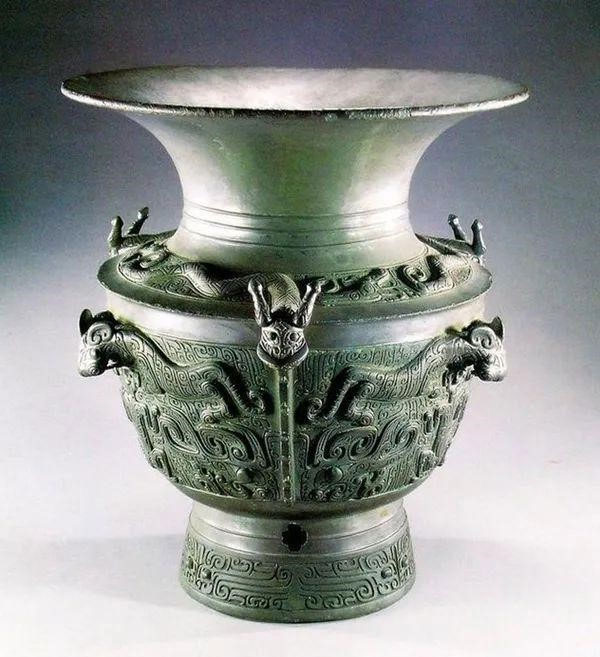
This bronze vase is intricately engraved with dragon and tiger designs from the Shang Dynasty, excavated in Funan County. It is considered one of the earliest bronze artifacts depicting the theme of “dragon and tiger contending for supremacy.” The vase stands 50.5 cm tall, has a mouth diameter of 44.9 cm, and weighs 26.6 kg. The shoulders of the vase are adorned with three swirling dragons, while the body features images of three tigers devouring humans, and the legs are engraved with images of fierce and carnivorous mythical beasts.
3. Drum Stand in the Shape of Dragon and Tiger

This drum stand, decorated with dragon and tiger motifs from the Spring and Autumn period, is one of the “Treasures of the Eight Towns” at the Anhui Museum. The shape of this artifact is quite unusual, featuring the head of a tiger and a dragon entwined around the mouth. The tiger has perked ears, glaring eyes, and an open mouth roaring. The exquisite craftsmanship of ancient artisans displayed in this artifact is highly praised by experts.
4. Spring and Autumn Tiger Jade
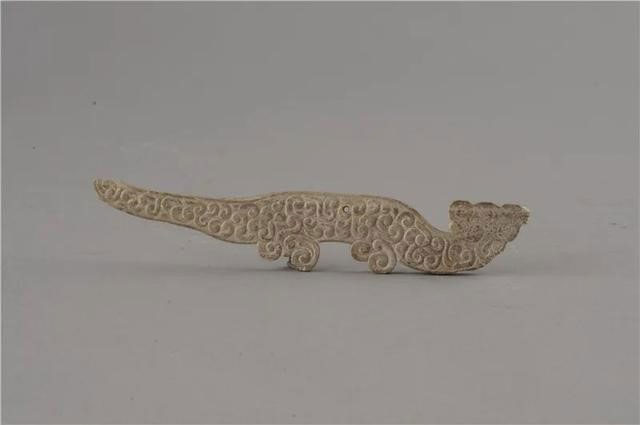
The Spring and Autumn period can be described as a peak in the development of Tiger Jade. Tiger jade from this period is abundant and widely used, being one of the most important types of jade artifacts. The piece shown here is one of the tiger jades found, featuring intricate relief designs of swirling clouds. Viewers will surely feel relieved imagining a tiger-shaped cloud descending into the valley.
5. Blue Glazed Tiger Vase
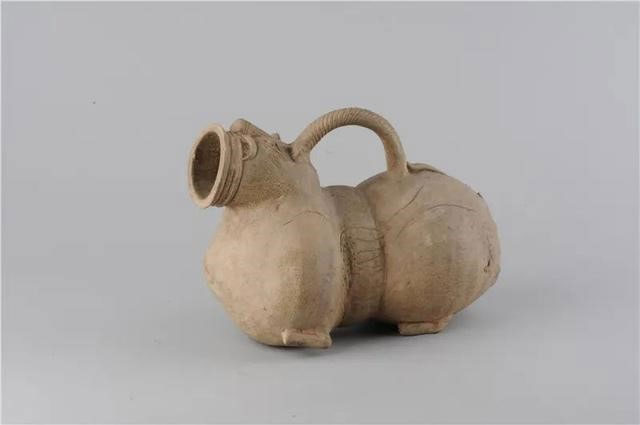
The Blue Glazed Tiger Vase is a ceramic piece from the Western Jin Dynasty, shaped like a lying tiger with its head held high, mouth open, and eyes fierce, with a handle on its back. The purpose of this vase remains a topic of debate among archaeologists, who question whether it was an ancient urinal or a regular water vessel.
6. Bronze Bagua Mirror
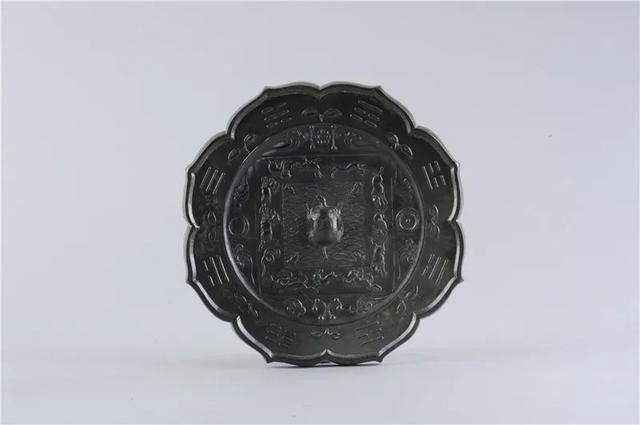
This Bagua mirror from the Tang Dynasty features an eight-petal flower shape, with Bagua patterns decorating the petals and plant motifs carved in the center. A unique feature of the mirror is a turtle-shaped knob in the center, surrounded by wave patterns. The outer edge displays images of animals from the 12 zodiac signs arranged in a square, with cloud motifs encircling them.
7. Tiger Head Pillow
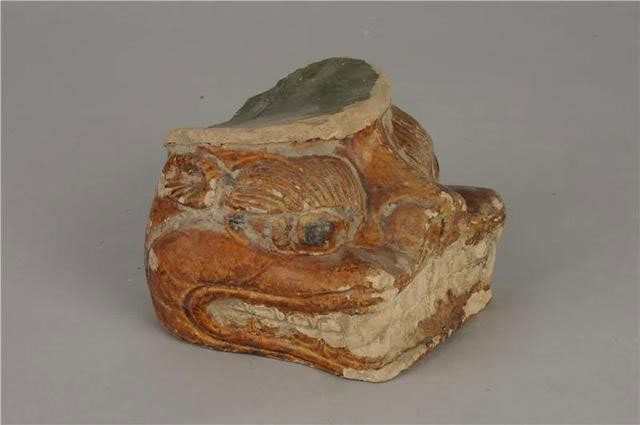
The Tiger Head Pillow is a brown-glazed piece from the Song Dynasty, featuring black-dotted eyes and a mouth full of fangs that express ferocity. The Tiger Head Pillow is one of the traditional handicrafts of the Chinese people. The tiger, being the king of beasts, is highly regarded in Chinese culture. During the Han Dynasty, it was common to paint tigers on doors to ward off evil spirits and protect the home. Adults often used tigers as companions for children, serving not only to repel evil spirits but also symbolizing blessings for children to have the strength and longevity of a tiger.
8. Tiger Handle Seal
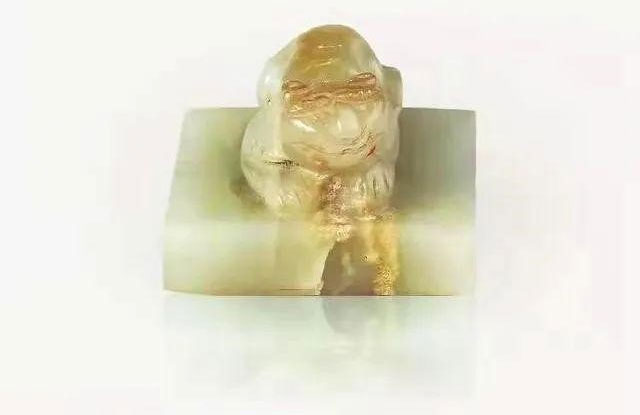
This Tiger Handle Seal from the Yuan Dynasty features a carved design of a tiger crouching. Seals were commonly used to stamp official documents and contracts, representing a personal commitment.
9. Quartz Tiger Sculpture
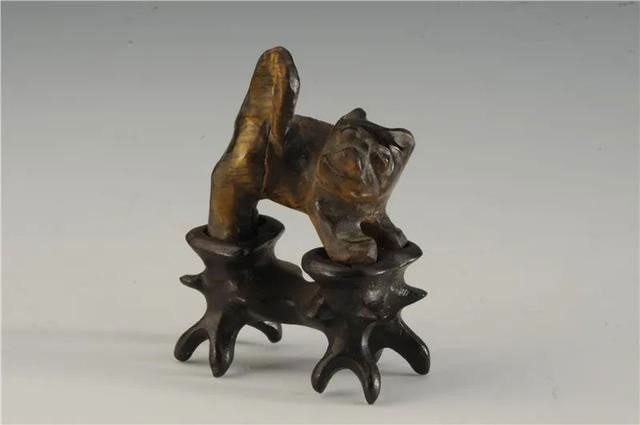
This tiger sculpture made from tiger’s eye stone during the Qing Dynasty is primarily yellow-brown, featuring bright and silky patterns, also known as alexandrite or synthetic quartz, a rare gemstone that changes color with light.

















































